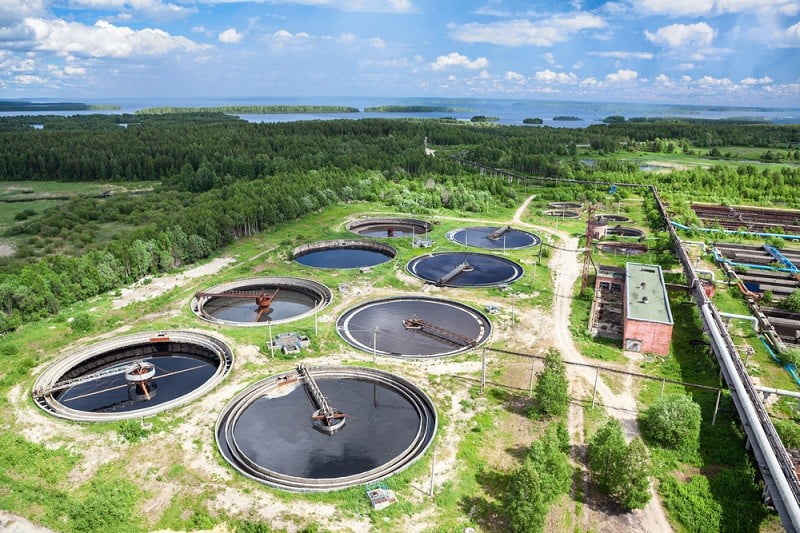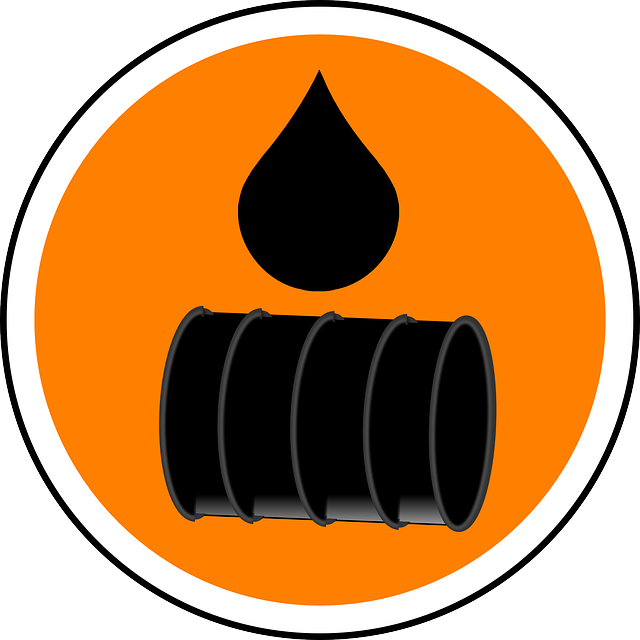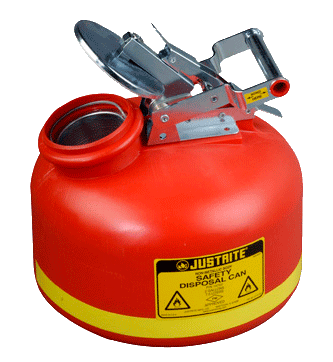Specialist Liquid Waste Removal Melbourne: Keeping Your Environment Tidy
Specialist Liquid Waste Removal Melbourne: Keeping Your Environment Tidy
Blog Article
Exactly How Fluid Garbage Disposal Functions: An In-depth Review of Methods and Technologies Used

Review of Liquid Waste Types
The intricacy of fluid waste types requires a complete understanding of their features and effects for disposal. Liquid waste can generally be categorized into several kinds, consisting of commercial, community, agricultural, and contaminated materials. Each category displays distinctive residential properties, needing certain management techniques to reduce environmental and health threats.
Industrial fluid waste originates from manufacturing procedures and usually consists of a series of contaminants, such as hefty steels, solvents, and organic compounds. Community liquid waste, mostly making up wastewater from homes and business facilities, consists of natural matter, nutrients, and pathogens (industrial wastewater treatment). Agricultural fluid waste, including runoff from ranches, may consist of plant foods, pesticides, and pet waste, presenting risks to water top quality and environments
Dangerous fluid waste is defined by its poisoning, sensitivity, or possible to create damage. This category consists of substances like acids, bases, and particular chemicals that require stringent handling and disposal procedures. Understanding these diverse liquid waste kinds is essential for creating effective disposal methods and ensuring conformity with environmental guidelines. Correct classification and characterization are crucial for applying proper therapy techniques and lessening the damaging influence on public health and the atmosphere.
Physical Treatment Approaches

Testing is the preliminary action, where bigger particles and debris are eliminated from the fluid waste making use of screens or grates. In sedimentation storage tanks, much heavier bits clear up at the bottom, forming a sludge layer, while the clarified liquid can be more treated.
Filtering is another necessary technique that includes passing the liquid via permeable products, such as sand or membranes, to catch smaller fragments. This step boosts the top quality of the liquid, making it suitable for subsequent therapy procedures.

Chemical Therapy Methods
Chemical therapy techniques are essential for properly handling liquid waste, especially in resolving dissolved and colloidal impurities that physical techniques might not effectively get rid of. These strategies use different chemical agents to counteract, speed up, or change hazardous substances into much less damaging types.
One usual method is coagulation and flocculation, where chemicals such as alum or ferric chloride are contributed to advertise the aggregation of put on hold bits. This procedure enhances sedimentation, enabling for easier elimination of the resulting sludge. In addition, oxidation processes, employing representatives like chlorine or ozone, are employed to damage down complicated organic substances and virus, providing the waste safer for discharge or additional treatment.
Neutralization is one more vital strategy, which adjusts the pH of acidic or alkaline waste streams to neutral degrees, preventing prospective injury to downstream systems and the setting. Moreover, progressed oxidation procedures (AOPs) use combinations of oxidants and ultraviolet light to degrade persistent pollutants, attaining a higher level of therapy efficiency.
Organic Treatment Procedures
Organic therapy procedures play an important role in the management of fluid waste by utilizing bacteria to break down raw material and lower pollutant levels. These procedures can be generally categorized right into cardio and anaerobic treatments, each employing specific microbial neighborhoods to achieve effective waste destruction.
Aerobic treatment involves the use of oxygen to facilitate the break down of organic materials by bacteria. This procedure is typically applied in triggered sludge systems, where oygenation tanks offer a helpful setting for microbial development, leading to the oxidation of natural contaminants. The resultant biomass can be separated from treated effluent via sedimentation.
In contrast, anaerobic treatment occurs in the lack of oxygen, depending on different germs to damage down natural issue. This approach is especially useful for high-strength waste, as it generates biogas, a renewable resource source, while lowering sludge production. Technologies such as anaerobic digesters are frequently employed in industrial and municipal applications.
Both anaerobic and aerobic organic therapies not just lessen the ecological impact of fluid waste but also help with source healing, making them vital elements of lasting waste management approaches. Their flexibility, efficiency, and performance sustain their widespread application throughout different sectors.
Emerging Technologies in Disposal
Ingenious methods to liquid garbage disposal are swiftly evolving, driven by developments in modern technology and an enhancing emphasis on sustainability. Amongst these arising modern technologies, membrane layer best site bioreactors (MBRs) have actually obtained traction for their ability to integrate organic therapy with membrane layer filtering, causing high-grade effluent that can be reused in numerous applications. MBRs make it possible for smaller sized footprints and more efficient operations contrasted to conventional systems.
Another encouraging development is using anaerobic digestion combined with nutrient healing innovations, which not just treats liquid waste however also generates biogas and recovers valuable nutrients like nitrogen and phosphorus. This double benefit boosts click to read resource effectiveness and minimizes environmental influence.
Furthermore, progressed oxidation processes (AOPs) are being embraced for the deterioration of complex organic contaminants. These techniques make use of effective oxidants and drivers to break down impurities at the molecular degree, using an extremely efficient remedy for difficult waste streams.
Additionally, the assimilation of expert system and device knowing in waste administration systems is maximizing operational effectiveness and anticipating maintenance, bring about lowered costs and enhanced environmental compliance. These innovations reflect a considerable shift towards even more efficient and lasting liquid waste disposal practices.
Conclusion
In conclusion, effective fluid waste disposal demands a detailed understanding of numerous strategies you can find out more and innovations. By constantly progressing these methods, it ends up being feasible to resolve the growing challenges linked with liquid waste, ultimately adding to environmental defense and resource recuperation.
Fluid waste disposal is an important facet of ecological management, needing a comprehensive understanding of different techniques and technologies tailored to various waste types. Liquid waste can extensively be classified right into several kinds, consisting of industrial, community, agricultural, and hazardous waste. Agricultural fluid waste, consisting of runoff from ranches, may include fertilizers, chemicals, and animal waste, posturing dangers to water high quality and communities.
Numerous physical treatment techniques play a critical duty in managing liquid waste efficiently - industrial wastewater treatment.In final thought, reliable liquid waste disposal requires a thorough understanding of numerous methods and modern technologies
Report this page